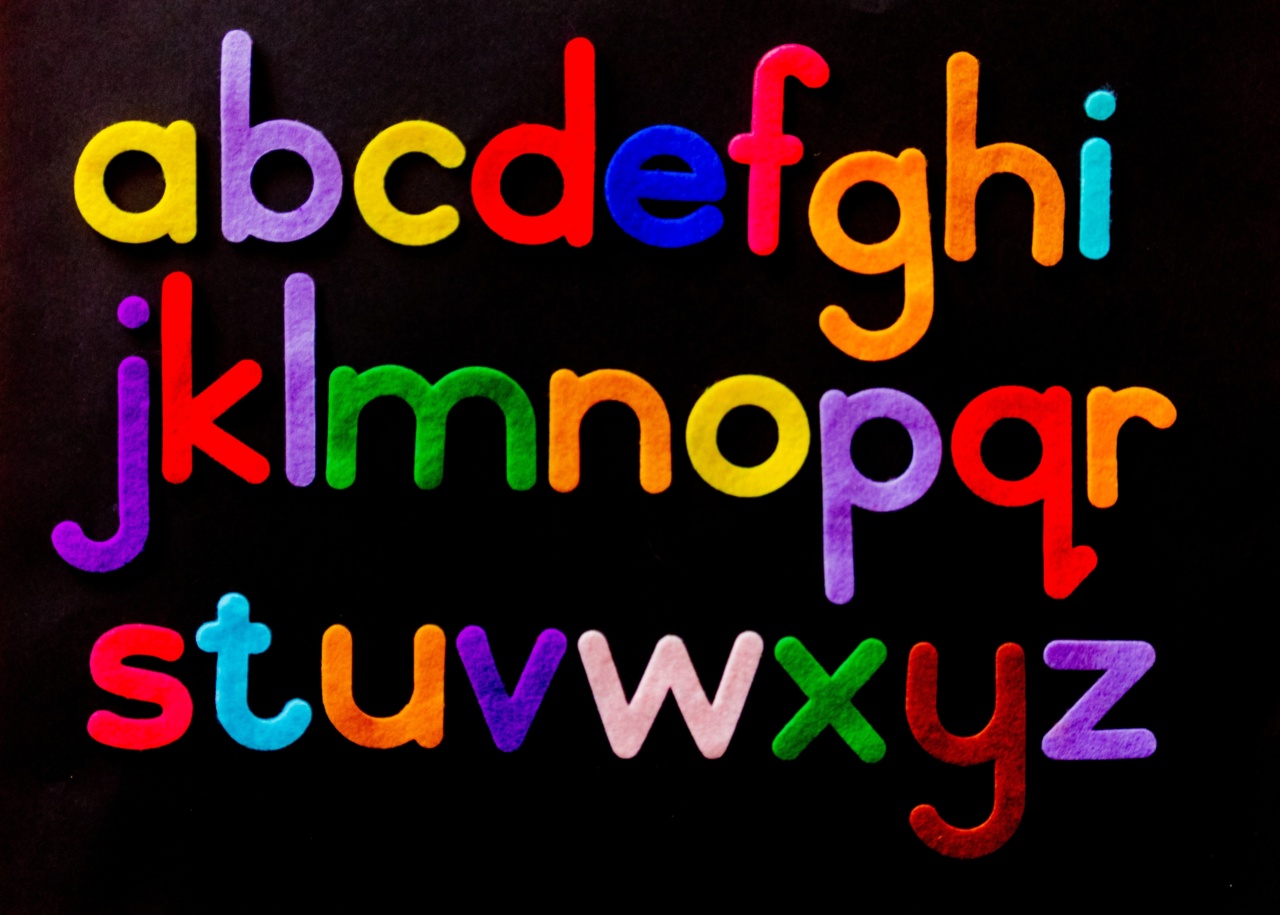Scoliosis is a condition that affects the curvature of the spine. While it can affect people of all ages, it is most commonly diagnosed in children and adolescents. If left untreated, scoliosis can worsen and cause serious complications as an adult.
However, early detection and treatment can help prevent these problems. It’s important for parents to be aware of the signs of scoliosis and take action if they suspect their child may have the condition.
What is scoliosis?
Scoliosis is a medical condition that causes the spine to curve to one side. In most cases, the curve is subtle and may not be noticeable to the naked eye.
However, in more severe cases, the curve can cause the spine to twist and lead to a noticeable hump on one side of the back. Scoliosis can occur at any age, but it is most commonly diagnosed in children and adolescents.
What causes scoliosis?
In many cases, the cause of scoliosis is unknown. This is known as idiopathic scoliosis. However, there are some known risk factors for developing scoliosis, including:.
- Family history of scoliosis
- Neuromuscular conditions such as cerebral palsy or muscular dystrophy
- Birth defects affecting the spine
- Joint and bone disorders
- Previous spine surgery
- Connective tissue disorders
What are the signs of scoliosis?
It’s important for parents to be aware of the signs of scoliosis so they can take action if they suspect their child may have the condition. Some signs to look for include:.
- Uneven shoulders or hips
- Leaning to one side
- Prominent rib cage
- One leg appearing shorter than the other
- Back pain
- Fatigue
- Difficulty breathing
If you notice any of these signs in your child, you should make an appointment with their doctor for an evaluation.
How is scoliosis diagnosed?
Diagnosing scoliosis usually involves a physical exam and imaging tests. During the physical exam, the doctor will look for signs of scoliosis, such as uneven shoulders or hips and a prominent rib cage.
They may also ask your child to bend over to see if their spine is curved.
If the doctor suspects scoliosis, they may order an X-ray or other imaging test to confirm the diagnosis. The X-ray will show the curve of the spine and help the doctor determine the severity of the condition.
How is scoliosis treated?
Treatment for scoliosis depends on the severity of the curvature and the age of the child. Mild scoliosis may not require treatment, but the doctor will monitor the spine over time to make sure the curve doesn’t worsen.
In more severe cases, treatment may be necessary to prevent complications.
Some treatment options for scoliosis include:.
- Observation and monitoring
- Bracing
- Surgery
In some cases, scoliosis can cause emotional or psychological issues, especially in teenagers. It’s important for parents to offer support and seek counseling or therapy if their child is struggling with these issues.
Can scoliosis be prevented?
Unfortunately, there is no known way to prevent scoliosis. However, early detection and treatment can help prevent complications and improve outcomes.
It’s important for parents to be aware of the signs of scoliosis and to have their child evaluated if they suspect the condition may be present.
The bottom line
Scoliosis is a condition that affects the curvature of the spine. While it can occur at any age, it is most commonly diagnosed in children and adolescents.
It’s important for parents to be aware of the signs of scoliosis and to take action if they suspect their child may have the condition. Early detection and treatment can help prevent complications and improve outcomes.































